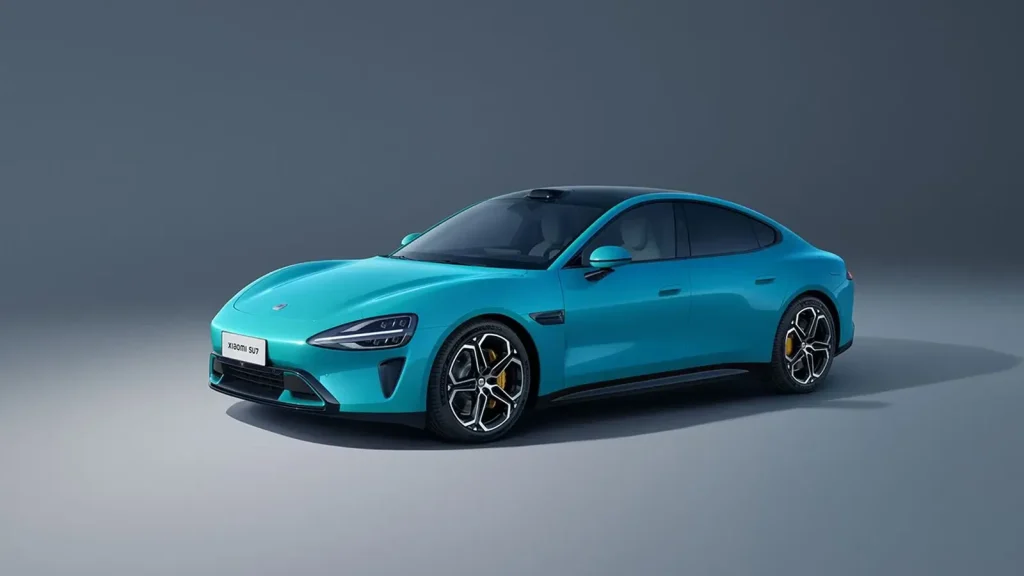3 Keys Features of Xiaomi HyperOS and more
Xiaomi HyperOS, the tech giant’s latest advancement in smartphone operating systems. Here’s an in-depth analysis of its historical development, key features, and both advantages and potential downsides:
Overview of Xiaomi HyperOS
Xiaomi HyperOS emerges as a fresh contender, aiming to elevate the user experience by introducing a human-centric design philosophy. It’s inherently different from its predecessor, MIUI, with vibrant animations and a more engaging interface. Here’s what you need to know:
Historical Development
- Transition from MIUI: HyperOS marks a new chapter for Xiaomi as it moves away from MIUI, the custom User Interface integral to Xiaomi devices for years.
- Linux-Based System: HyperOS aligns with industry trends, integrating Linux-based systems and modernizing the user experience.
- Rollout: It started rolling out in Q1 2024, replacing existing MIUI versions
Key Features
- User Interface:
Vibrant animations enhance engagement while maintaining familiarity.
Fluid transitions make interactions smoother. - Performance: Improved speed and efficiency due to Xiaomi’s optimization efforts.
Reduced storage footprint for better resource management. - Integration with Xiaomi Ecosystem:
Seamless connectivity across Xiaomi devices.
Potential expansion beyond smartphones, including electric cars.
Advantages
- Lightweight: HyperOS is naturally lightweight (8.75GB for smartphones), optimizing hardware performance.
- Stable Frame Rate: Offers stable frame rates and lower power consumption during gaming.
- Storage Optimization: At least 50 months of performance degradation-free experience.
- Faster OTA Downloads: Smaller OTA update sizes.

Xiaomi’s HyperOS for the “Human x Car x Home”
Xiaomi’s HyperOS is a groundbreaking operating system designed for the “Human x Car x Home” smart ecosystem1. Here are some key features:
- Efficient Performance: HyperOS maximizes device hardware capabilities, ensuring smooth performance and precise resource scheduling. It outperforms native Android kernels on high-computing power devices.
- Fluid Graphics: The graphics subsystem has been extensively restructured, supporting complex rendering and high-quality materials. Dynamic glass and powerful visual rendering enhance the user experience.
- Multitasking and Productivity: HyperOS introduces a new window controller, allowing effortless switching between window shapes. Split-screen windows can be opened and closed independently, boosting productivity.
- Interconnectivity: HyperConnect enables real-time collaboration among devices. Users can control and view device status across networks, creating a seamless connected experience.
- Xiaomi Smart Hub: Independent devices can merge, and software/services choose suitable hardware based on user requirements.
Xiaomi’s HyperOS and Tesla’s operating system
While both Xiaomi’s HyperOS and Tesla’s operating system aim to enhance the smart driving experience, they have distinct approaches:


